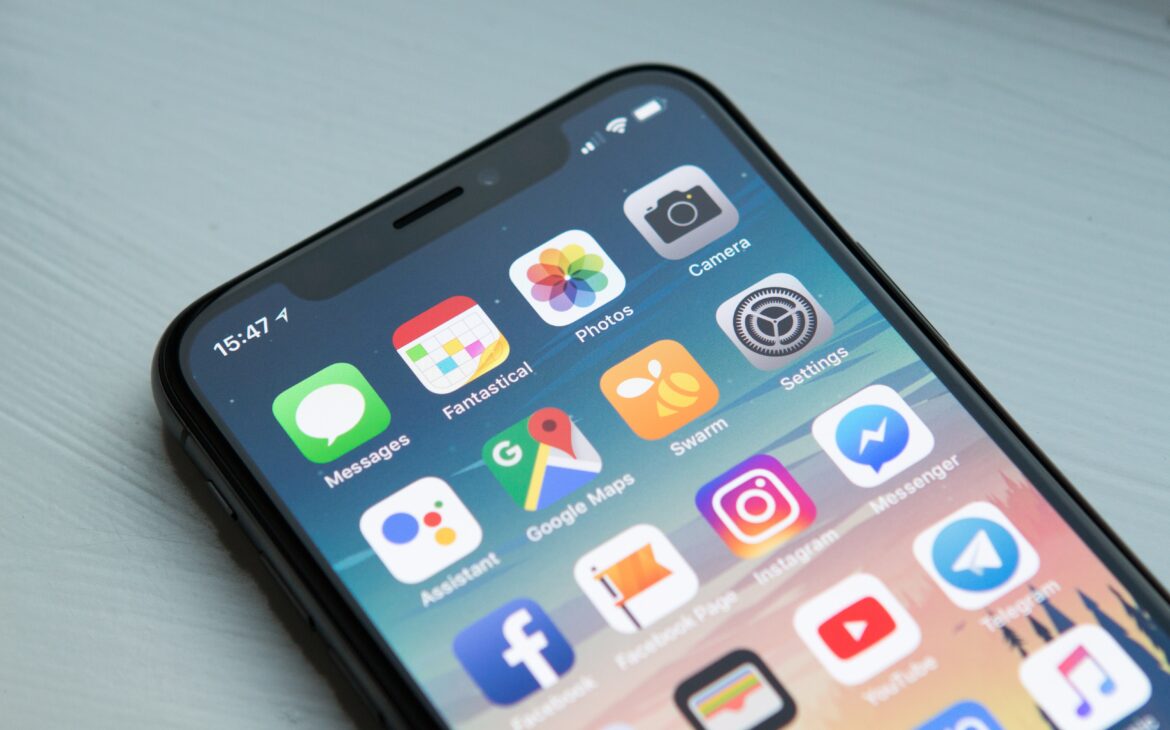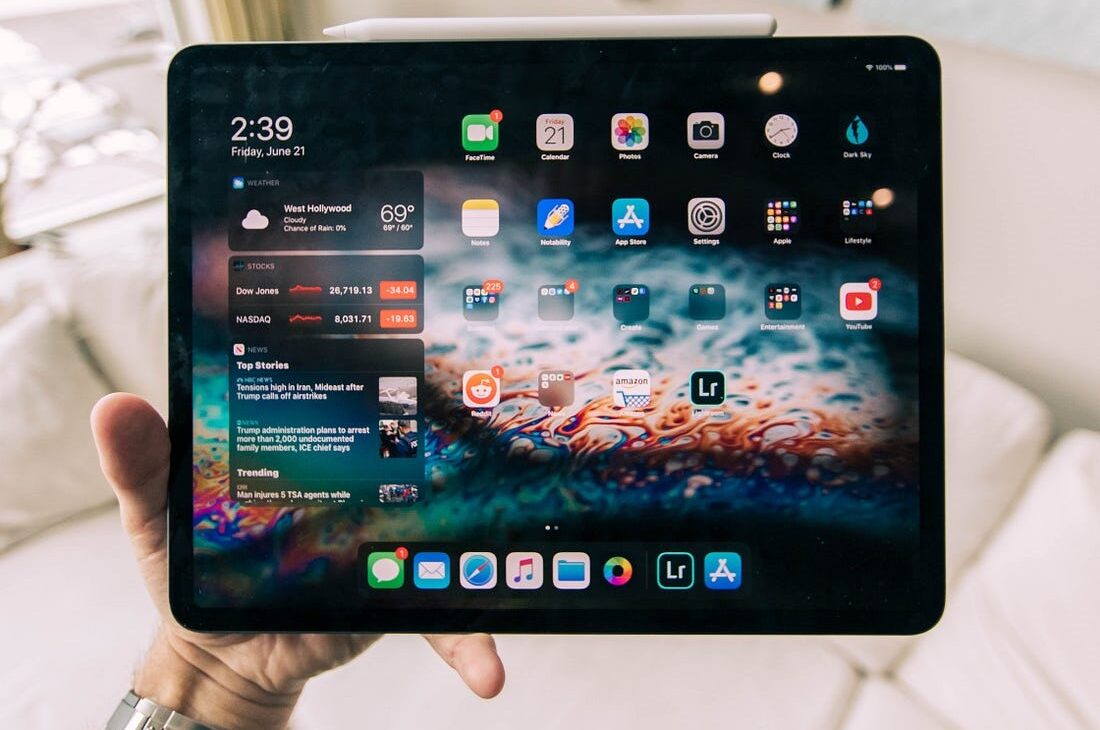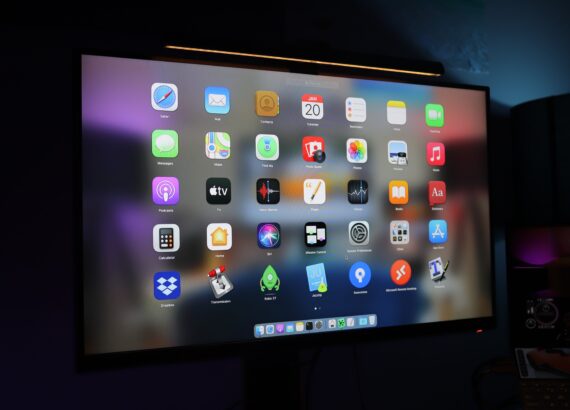Mobile App Development are crucial tools for organizations and individuals. Whatever your business is, you need a mobile app or work that allows it to connect with its audience, streamline procedures, and provide value in novel ways.
Whether you want to create an app for your company or have a revolutionary idea for the next big thing in the app store and Play Store, you must understand the mobile app development process, which is essential. When you know and do after that, you will be able to create something revolutionary.
This step-by-step guide will guide you through the entire process, from concept to launch and basic to advanced, so you know what to anticipate and how to manage each stage efficiently.
Idea and Conceptualization
You’ve had this brilliant app concept cooking in your head and are now ready to implement it. Because we’ll take you on a wild ride through the sophisticated mobile app development process, you must sketch your idea and flesh out the details. This includes brainstorming all aspects of your app’s functionality, design, target demographic, and unique selling features.
Once you’ve established a solid framework, you can get to business and construct the app. This includes wireframing, prototyping, testing, and polishing your software until it is polished and ready for release.
User feedback is essential for fine-tuning your app based on actual usage. When we get good feedback, it will have a good impact on the company; with determination, perseverance, and originality, you’ll be on your way to developing the next big thing in mobile apps.
Planning and Strategy
Planning is essential; a step-by-step guide will help you through the process. Define your app’s goal and intended audience.
This will help guide your future decisions. Sketch out your app’s design and layout; wireframes are a great way to visualize this. Once completed, create your app using the correct programming language and tools. Remember to thoroughly test it before launching.
There is nothing worse than a defective app. Finally, develop a great marketing strategy to get your creation to the people.

UI/UX Design
One censorial mobile app development task is finalizing your UI/UX design. Once you have finalized the design, this distinguishes a mediocre app from an excellent one.
Conduct extensive user research to better understand your target audience and their demands. Then, you can identify the right needs, which you can provide exactly. Create wireframes and prototypes to visualize your app’s layout and functionality. Remember usability testing; working out any flaws in your design before going live is critical.
Finally, keep iterating on your design based on user feedback to maintain a consistent user experience.
Development
Creating an app is not easy. It takes a rigorous process with several steps to ensure the end product is polished and functioning. The first stage is to define your app’s purpose and target audience, then undertake market research to better understand your competitors and potential customers.
Before developing, you will construct wireframes or prototypes to illustrate the app’s layout and operation. Once the development process begins, comprehensive testing and debugging are required to iron out any weaknesses in the system.
After extensive testing, it is time to release your software to the public—but the effort continues beyond that.
Continuous updates and enhancements based on user feedback can help your product stay relevant and thrive in the long run. You have to maintain your essential things.
Testing
Testing is critical in determining it is your software will succeed or fail. You should define explicit testing objectives and criteria, whether functional, usable, performant, or security-related. Create test cases based on these criteria and test thoroughly on real devices to guarantee your app functions fluidly across all platforms and screen sizes. Including users in the testing phase is critical to collecting valuable feedback and making necessary changes—for Android application developers in Delhi.
Remember to document all test findings and iterate them on your app until they are released. Testing might be time-consuming. Because it takes time, as you know, the result of creating a high-quality mobile app that consumers will like is well worth the work.
Deployment
I have step-by-step instructions for you. First, do your study to determine your target audience’s needs. Then, create a detailed plan that outlines your app’s features and functionality. Then, make the user interface and experience, ensuring it’s both intuitive and visually appealing—app developers in Delhi.
Once completed, construct your app’s backend and front end using suitable programming languages. Test, test, test: problem fixes are critical at this point.
Finally, publish your software in the appropriate app stores (the Software Store for iOS and the Google Play Store for Android) and promote it as if there is no tomorrow. Remember that success does not happen overnight; be patient and refine your app based on user input.
Post-Launch and Maintenance
Finally, you launched your mobile application. Congratulations, but the effort does not end there. Now it’s time to concentrate on post-launch and upkeep. This step-by-step guide will take you through the entire process, from assessing user input to addressing errors and adding functionality. Android app development in Delhi Collects all user feedback, both favourable and unfavourable.
This will allow you to identify what works well and needs improvement, prioritize bug repairs or performance concerns arising after launch, and continuously update your app with new features or enhancements in response to user input and shifting market trends.
Finally, monitor analytics to see how users engage with your app and make changes as necessary.
Conclusion
You’ve gone through the entire mobile app development process, from inception to advanced level, including idea generation, wireframe development, coding, testing, and app launch.
Now, it’s time to come to a firm conclusion
Gather input from users and stakeholders to determine what worked well and what could be improved for future projects. It is all up to the owner, so that’s why. Please note any technical challenges that developed during development and how they were resolved; this will help you avoid similar bottlenecks in the future. These are all things that you have to maintain and keep good.
Celebrate your accomplishments and clap yourself on the back for all your efforts. Because appreciating yourself by yourself is very important. Most importantly, remember to document your process from beginning to end so that you may refer back to it in future initiatives. Congratulations on completing the smartphone app development process—now go out there and make some fantastic apps.
FAQS
Q 1: What are the critical steps in mobile application development?
Ans: Critical Stages of Mobile App Development: Strategy. The strategy stage, often known as the discovery phase, begins with developing your idea. Our mobile app services include analysis, planning, development, testing, deployment, and various other features, as well as post-launch support and maintenance.
Q 2: What is the primary goal of mobile application development?
Ans: The primary purpose of every mobile application should be to give accurate and meaningful value to users. This includes resolving issues, simplifying work, and offering enjoyable enjoyment. A valuable app is one that customers use frequently and improves their quality of life in some way.
Get up to 70% Discount on Amazon (Buy Now)
Buy Web Hosting at an affordable price: Buy Now
If you want to build your website at an affordable price, contact www.nextr.in
Read this: How To Become A Web Developer?


















